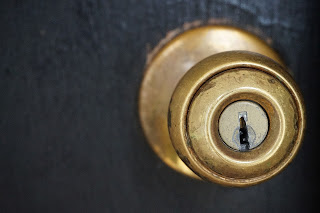Honeybees are quite amazing insects if you really think about it. Not only do they make it possible to have so many delicious fruits and vegetables but the products that they produce are used in so many different ways! The unique and diverse ways that these products are used my surprise you and who knows, you may even be already using them at home.
Health
What do you reach for when you feel a tingle in your throat? Make it your jar of honey or honey cough drops! Honey and propolis are found in many health products for the immune boosting properties found in them. Honey helps to naturally sooth a sore or scratchy throat. One product that you may not think of is pollen. Pollen is a great addition to your diet as it is high in protein and has many vitamins, minerals, and antioxidants found within the yellow, green, and orange pollen pellets collected by honeybees. This pollen can improve your imune system in addition to improving wound healing.
Beauty
Beeswax can commonly be found in beauty products such as chapstick, lotion, makeup, and even hand creams. The properties in beeswax not only helps to lock moisture into the skin but can also help to draw additional moisture to the skin. Royal jelly is another product made by bees that can be found in beauty products. Typically you will see royal jelly in facial and hand creams for its believed benefits that it helps to reduce the signs of aging. But besides beeswax and royal jelly, honey can be found in hand soaps, hair masks, and body wash as honey not only adds moisture to skin and hair but it can also help to reduce inflamation of the skin.
Home Products
There are many uses of beeswax around the home! Making and using beeswax cloth wraps are a great alternative to plastic food storage bags if you are looking to wrap up some fruit or maybe a sandwhich. Not only is it reusable but it is also super easy to clean because beeswax repells water. The ability to repel water is a great reason to use beeswax to waterproof boots, clothing, tents, and equipment that you don't want to get wet. You may ocassionally see beeswax used in furniture and shoe polish or even applied to skis to help them glide. Firestarters are commonly found using beeswax to protect the firestarter from getting wet making it better able to handle the elements when camping. It can also be used to lubricate zippers, wooden drawers, instrument valves, or even grease your baking pans!
We can utilize the products of the hives in so many different ways. But the fascinating aspect is that many of these products have been used for thousands of years! Try incorporating products from the hive into your health care and beauty routine or maybe try some of the home products featuring beeswax.


































